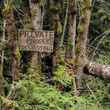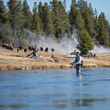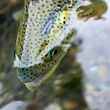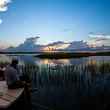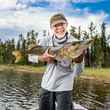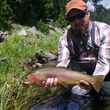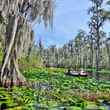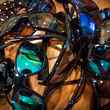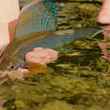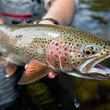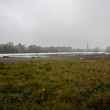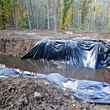The Oregon Department of Fish and Wildlife (ODFW) has extended the public comment period regarding the current draft of its Coastal Management Plan (CMP). Originally scheduled to close yesterday, the public comment period has been extended for an additional month, now closing on March 10th 2014. The current plan has come under fire from steelhead advocacy groups, such as the Native Fish Society (NFS), which has re-issued a call to action asking supporters of wild steelhead conservation to make their voices heard regarding the shortcomings of the CMP.
According to information distributed by NFS, two independent scientific reviews of the ODFW's currently proposed plan concluded that "the CMP is a status quo hatchery and harvest management plan, not a conservation plan, and it is unlikely that this draft plan will ensure these salmonid populations are viable in the future."
Despite recent years characterized by poor steelhead returns and drastically lower-than-expected fish counts, in addition to studies verifying the importance of the survival wild steelhead, the plan would actually establish three fisheries that would allow a "modest" harvest on wild steelhead but, according to the NFS, offers no evidence that the steelhead populations in question are able to withstand changes in current harvest management principles. The establishment of wild steelhead harvest fisheries seems at odds with the findings of the independent review panels, which concluded that "out of the 15 distinct population segments of steelhead on the west coast, 12 are listed as threatened or endangered, and not one has been recovered or de-listed from the Endangered Species Act.”



